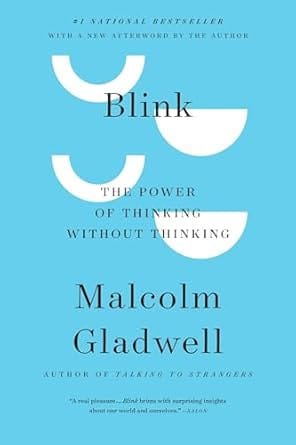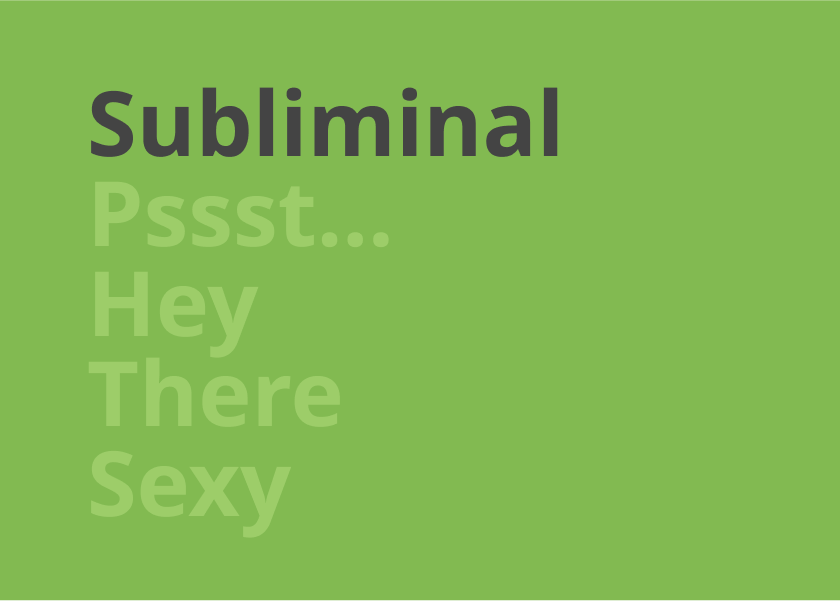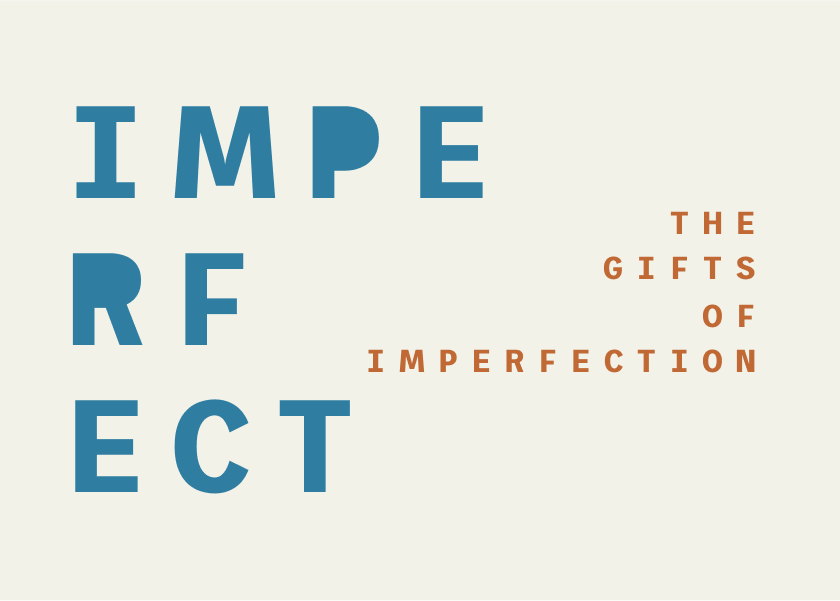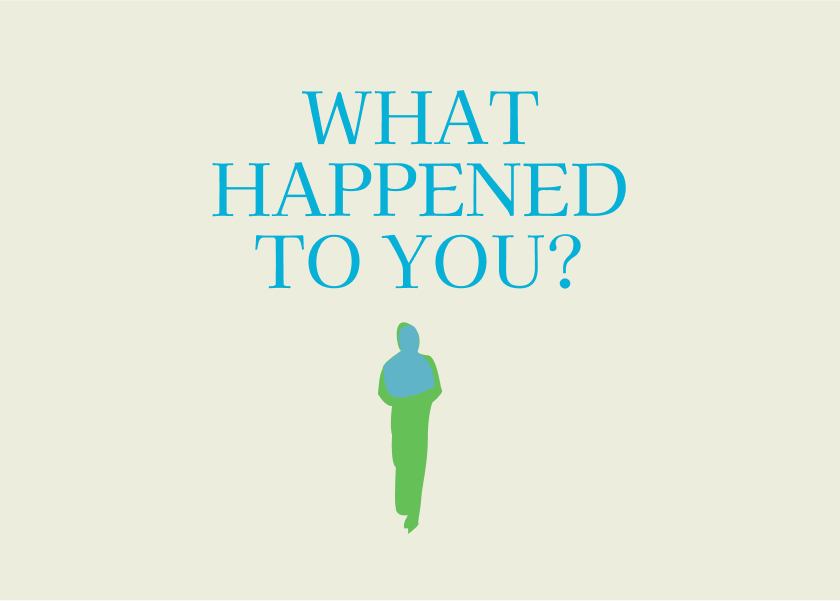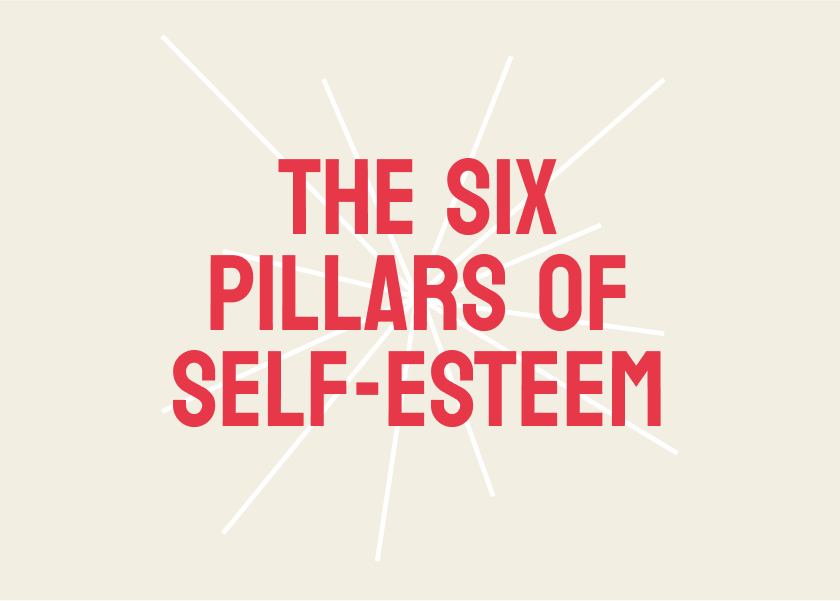Blink by Malcolm Gladwell - Summary
"Blink" dives into rapid cognition & the power of snap judgments. Thin-slicing, the ability to find patterns quickly, is key. By understanding our unconscious reactions, we can educate & control our instincts. Gladwell shows how first impressions shape decisions in ways we can learn to manage.
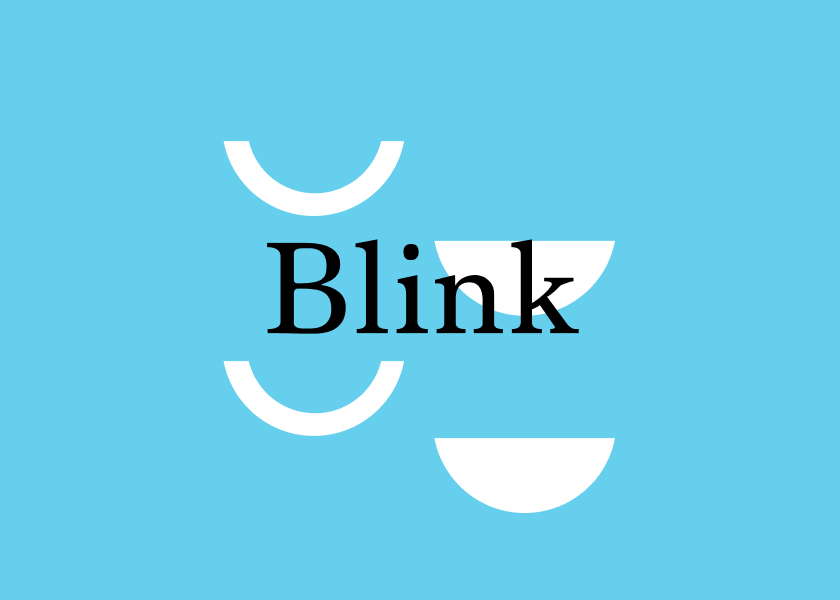
The following is a summary and review of the book Blink by Malcom Gladwell.
Listen to ShelfHelp's podcast summarising the book Blink by Malcolm Gladwell.
Can Snap Judgements Really Be Better Than Careful Thought?
Ever wondered if those split-second decisions you make are actually any good? In a world that prizes careful deliberation, Malcolm Gladwell's Blink: The Power of Thinking Without Thinking challenges our assumptions about how we make choices. This article provides a detailed summary of Gladwell’s compelling exploration of rapid cognition, offering actionable takeaways to improve your own decision-making. Reading this summary will save you time while equipping you with the key insights to harness the power of your unconscious.
Table of Contents
- About the Author
- Who Should Read This Book?
- Key Insights and Themes
- Detailed Summary
- Review
- Actionable Takeaways
- FAQs
- Conclusion
About the Author
Malcolm Gladwell, born in England in 1963, is a renowned author, journalist, and cultural commentator. With a degree in history from the University of Toronto, Gladwell became a reporter for The Washington Post before joining The New Yorker magazine. His work is characterised by his curiosity and exploration of a wide array of subjects. Gladwell's phenomenal bestseller, The Tipping Point, captured global attention.
Who Should Read This Book?
Blink is a must-read for anyone interested in:
- Business Leaders and Managers: Learn how to make quicker, more effective decisions in high-pressure situations.
- Healthcare Professionals: Discover how rapid cognition can improve diagnoses and patient interactions.
- Law Enforcement and Security Personnel: Understand how to better interpret nonverbal cues and assess threats.
- Artists and Creatives: Explore the power of intuition and instinct in the creative process.
- Anyone Seeking Self-Improvement: Gain valuable insights into how your mind works and how to make better choices in all aspects of life.
For instance, a doctor can use the principles in Blink to make faster, more accurate diagnoses in emergency situations, or a manager might learn to trust their gut feeling when hiring a new employee.
Key Insights and Themes
Here are the key takeaways from Blink:
- Thin-slicing: Our unconscious can find patterns in situations and behaviour based on very narrow slices of experience.
- Adaptive Unconscious: A great deal of sophisticated thinking is handled by the unconscious mind, helping us to understand the world, to be aware of danger and to initiate action.
- Priming: Subtle environmental cues can unconsciously influence our behaviour and decisions.
- The Warren Harding Error: Biases can lead to flawed judgements based on superficial characteristics.
- Mind Reading: Understanding others' emotions and intentions can be achieved through fleeting facial expressions and micro expressions.
- Importance of "White Space": Having sufficient distance and time to react is crucial for accurate mind reading and decision-making, particularly in high-pressure situations.
- Snap judgements and first impressions can be as good as cautious and deliberate decisions.
Detailed Summary
Blink explores the power and perils of rapid cognition through a series of compelling stories and scientific research. Here's a breakdown of the key concepts:
1. The Statue That Didn’t Look Right
Gladwell introduces the concept of intuitive repulsion through the story of the Getty Kouros, a statue that experts initially deemed authentic but later questioned. Despite scientific data suggesting its authenticity, art experts experienced an immediate, inexplicable sense of unease. This illustrates how our first impressions, formed in a matter of seconds, can be more insightful than months of rational analysis.
2. Fast and Frugal
The book introduces the idea of "fast and frugal" thinking. Instead of weighing every conceivable strand of evidence, we often rely on a quick glance and instant calculations performed by our brains.
3. The Theory of Thin Slices
Thin-slicing is the ability of our unconscious to find patterns in situations and behaviour based on very narrow slices of experience. Psychologist John Gottman's research on marriages demonstrates this. By analysing brief interactions between couples, Gottman can predict with remarkable accuracy whether they will stay together. This is because our unconscious minds can thin-slice and identify critical patterns in behaviour.
4. The Locked Door
This section delves into the adaptive unconscious, which processes information outside of our awareness. Priming experiments reveal how subtle cues can influence our behaviour. For example, exposure to words associated with politeness can make people act more considerately.
5. The Warren Harding Error
We often make flawed judgements based on superficial characteristics. The "Warren Harding error" refers to the tendency to equate physical attractiveness with competence and integrity. This bias can have significant consequences in politics, business, and other areas.
6. Paul Van Riper’s Big Victory
The book explores the importance of spontaneity and intuition in decision-making. The war game Millennium Challenge 2002 illustrates this point. Paul Van Riper, playing the Red Team, used unconventional tactics and his gut instincts to defeat the Blue Team, which relied on data and technology. This highlights the limitations of over-reliance on information and the value of trusting one's instincts in dynamic situations.
7. Kenna’s Dilemma
This chapter examines the pitfalls of relying too heavily on market research. The story of the musician Kenna illustrates how focus groups and opinion polls can be misleading because people struggle to articulate their true preferences. Sometimes, first impressions are more reliable indicators of success than detailed analysis.
8. Seven Seconds in the Bronx
The shooting of Amadou Diallo, an unarmed black man, by police officers in New York City highlights the dangers of implicit bias and mind reading errors. The officers' snap judgements, influenced by fear and racial stereotypes, led to a tragic outcome . This case underscores the importance of understanding how our unconscious biases can affect our perceptions and actions .
Review
Blink is a captivating and thought-provoking exploration of the science behind snap judgements. Gladwell's engaging storytelling and accessible writing style make complex concepts easy to grasp. The book's strength lies in its ability to challenge conventional wisdom and offer new perspectives on decision-making. However, some critics argue that Gladwell oversimplifies complex issues and that his conclusions are not always supported by rigorous scientific evidence. Despite these criticisms, "Blink" remains a valuable and insightful read.
Actionable Takeaways
How to apply these lessons in real life:
- Trust Your Gut (But Verify): Pay attention to your initial instincts, but don't rely on them blindly. Seek additional information to confirm or challenge your snap judgements.
- Be Aware of Your Biases: Recognise that everyone has unconscious biases that can affect their perceptions and decisions. Take steps to identify and mitigate your own biases.
- Practice Thin-Slicing: Hone your ability to identify meaningful patterns in brief interactions and situations. Pay attention to nonverbal cues, body language, and other subtle indicators.
- Create Structure for Spontaneity: Embrace improvisation and adaptability in dynamic situations. Develop strategies and frameworks that allow you to respond quickly and effectively to unexpected challenges.
- Seek Expert Opinions: Recognise the value of expert intuition and seek guidance from those with deep knowledge and experience in your field.
FAQs
- What is "Blink" about? "Blink" explores the power and perils of rapid cognition, examining how we make snap judgements and first impressions.
- Is "Blink" worth reading? Yes, "Blink" is a worthwhile read for anyone interested in understanding how their mind works and how to make better decisions.
Conclusion
Blink offers a fascinating glimpse into the hidden world of rapid cognition and the power of our unconscious minds. By understanding how we make snap judgements, we can learn to harness our instincts and make better decisions in all areas of life. Don't miss out on the opportunity to transform your understanding of decision-making.
As an Amazon Associate, ShelfHelp may earn money from qualifying purchases. Needless to say, ShelfHelp only includes affiliate links to books we recommend and think are worth your time reading.
